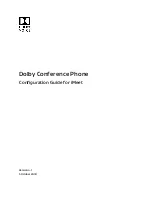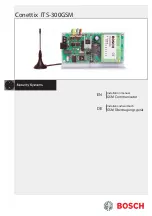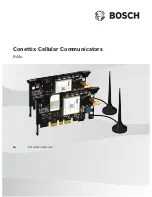
97
SAFETY
SAFETY INFORMATION FOR WIRELESS HANDHELD
PHONES
READ THIS INFORMATION BEFORE USING YOUR HANDHELD
PORTABLE CELLULAR TELEPHONE
EXPOSURE TO RADIO FREQUENCY SIGNALS
Your wireless handheld portable telephone is a low power radio transmitter
and receiver. When it is ON, it receives and also sends out radio frequency
(RF) signals. In August 1996, the Federal Communications Commissions
(FCC) adopted RF exposure guidelines with safety levels for handheld
wireless phones. Those guidelines are consistent with the safety standards
previously set by both U.S. and international standards bodies:
ANSI C95.1 (1992) *
NCRP Report 86 (1986) *
ICNIRP (1996) *
Those standards were based on comprehensive and periodic evaluations
of the relevant scientific literature. For example, over 120 scientists,
engineers, and physicians from universities, government health agencies,
and industry reviewed the available body of research to develop the ANSI
Standard (C951). The design of your phone complies with the FCC
guidelines (and those standards).
1* : American National Standards Institute.
2* : National Council on Radiation protection and measurements.
3* : International Commission on Nonionizing Radiation Protection.
ANTENNA SAFETY
Use only the supplied or an approved replacement antenna. Unauthorized
antennas, modifications, or attachments could impair call quality, damage
the phone, or result in violation of FCC regulations. Please contact your
local dealer for replacement antenna. Do not use the phone with a
damaged antenna. If a damaged antenna comes into contact with the skin,
a minor burn may result. Please contact your local dealer for replacement
antenna.
DRIVING SAFETY
Talking on the phone while driving is extremely dangerous and is illegal in
some states. Remember, safety comes first. Check the laws and
regulations on the use of phones in the areas where you drive. Always
obey them. Also, if using your phone while driving, please:• Give full
attention to driving. Driving safely is your first responsibility.• Use hands-
free operation, if available.
• Pull off the road and park before making or answering a call, if driving
conditions so require.
If you must use the phone while
driving
, please use one-touch, speed
dialing, and auto answer modes. An airbag inflates with great force. DO
NOT place objects, including both installed or portable wireless equipment,
in the area over the airbag or in the air bag deployment area. If in-vehicle
wireless equipment is improperly installed and the air bag inflates, serious
injury could result.
Note:
WARNING:
Failure to follow these instructions may lead to serious
personal injury and possible property damage.
ELECTRONIC DEVICES
Your wireless handheld portable telephone is a low power radio transmitter
and receiver. When it is ON, it receives and also sends out radio frequency
Summary of Contents for Verizon TXT8030
Page 1: ...1 Pivot User Guide TXT8030...













































